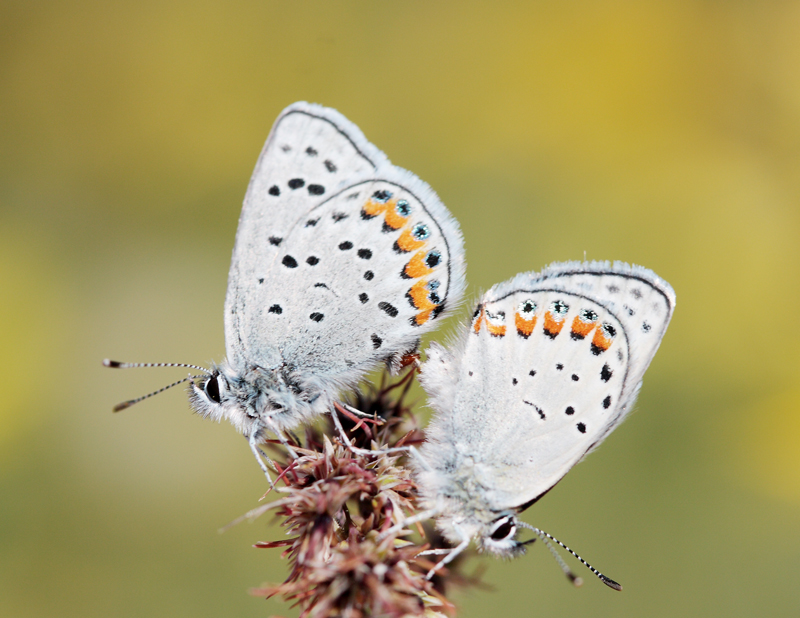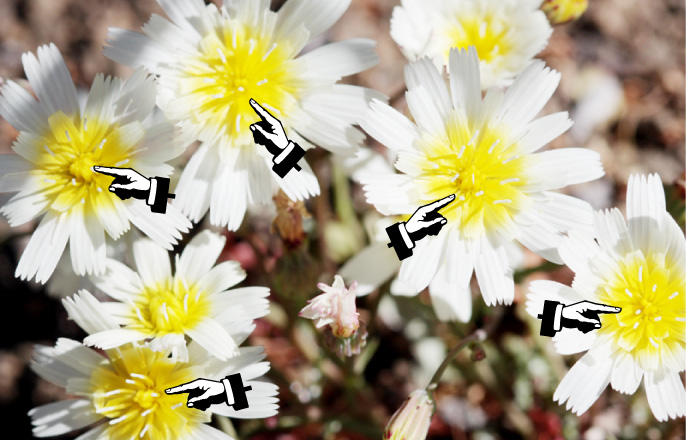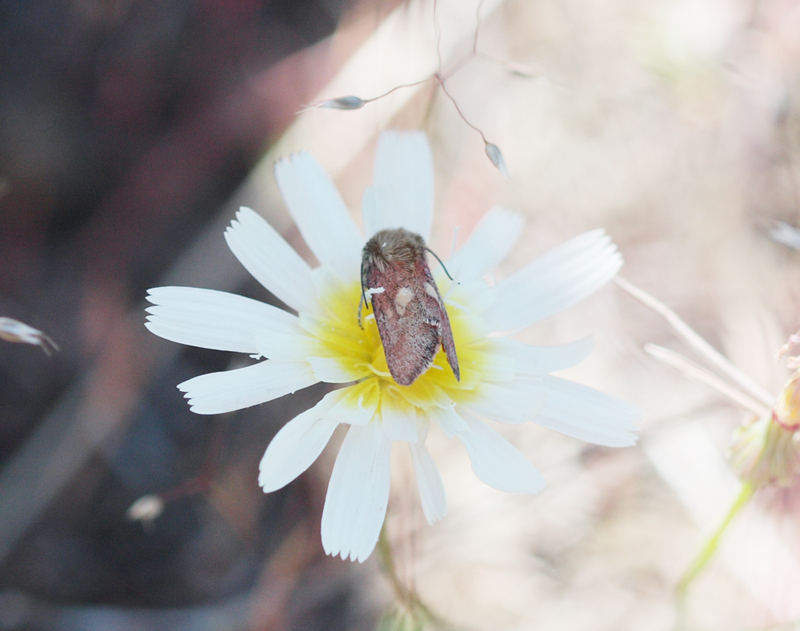今私はガチョウの追跡にされている最後の4つの週末のために, 1蛾のために, スピーディHeliolonche. それは、ピンクがかったforewingsと見事な橙赤色のhindwingsの美しい小さなヤガだ. あまり頻繁に遭遇することはなく、カリフォルニア北部の山脈に沿ってのみ見られます。 Malacothrix floccifera – CA風土病花. 私が酔っ払ったすべての旅行, 今日まで – 2つ集めました! 覚えているかもしれませんが、私の最初の外出は約1か月前でした, 蛾はいない, しかし、美しい一連の標本と アデラの写真 蛾. 最後の数回の旅行は、アデラの旅行ほど生産的ではありませんでした. だからあなたのターゲットを見つけられないときに何をすべきか? 日焼けをして、不器用な写真を撮りましょう.
(以下に続く)
蛾ではない.
一蛾!
この H. セレリス 典型的な花蛾の行動を示しています, 日として花の頭に平野に座って. 彼らは実際に一晩中花の上にこのようにとどまります (花のように周りを閉じても – これにより、口語的には次のように知られるようになります “タコスの蛾”… 蛾のお尻が花びらを越えて突き出て、タコスのように見えるからです). そしてこれがまさに私がアパートを去った理由です 6 今朝到着する 8. まだ寒い場合は、近づいてもけいれんしません. そして, 彼らが飛んでいない場合, 蛾のいる地域を調査するのは簡単で、見逃していないことを知ることができます. しかし, 太陽がそれらを暖めるとすぐに, あなたがレンズキャップに手を伸ばすことができる前に、彼らは気の利いた野郎になり、消えます. これは私が今日見た最初の蛾であり、私は本当に素晴らしい画像を撮る努力をしませんでした. 良いショットを撮った直後に、被験者は飛び去るという厄介な習慣があります (よく, 通常、グッドショットの直前)… そして私はその日の唯一の標本を失う危険を冒すことはできませんでした.





Where’s the “like” button? Great pics and good commentary.
“蛾はいない, 蛾はいない, no moth…”
持って. I lol’d.
It is a pretty little thing…
A colorful, day-flying moth that sits prominently in the center of flowers – chemical defenses?
それは良い質問です, and it has crossed my mind before. There a lot of these small day flying flower moths that are clearly not cryptic yet I haven’t ever read about any chemical defenses or mimicry. I also don’t think of Malacothrix as a particularly noxious plant… will investigate.
はい, now I have to post the latest mystery moth pics I took a few days ago. (4/30) Pretty please if you have a moment, check it out and render your sage opinion. !
Ted’s question has nagged me this week. I’ve never heard of anyone studying this, しかし… Has anyone seen these flower moths under UV? See a related flower species under UV here: http://www.naturfotograf.com/UV_SENE_AQU.html. 多分, while sitting on the bulls-eye, these moths become “invisible” to predators who see UV, such a birds. The added bonus for the moths is this might increase their chances of finding a mate which is attracted to the UV bulls-eye.
You have to be right about that Katie, I’ve been thinking about this too. I can’t recall any literature in reference to adult insect UV crypsis. There is some work in regards to caterpillars… but I’ll have to do some more digging. Birds are probably not the primary predator on these moths since their acute vision makes them incredibly difficult to approach in the daytime. しかし, most lizards see in UV and these flowers are just about at head level for most small reptiles (and there were a ton on site).
Sometimes, the light bulb just turns on.
So there is a monograph to this subfamily – and in there Hardwick (author) points out the counterintuitive crypsis of this moth! Instead of a good idea he postulates
そう, he just assumes they are oddities because the flowers changed without them and they survived “possibly because of a decrease in predation pressure”.
Seems to me that UV crypsis is much more likely. そして… I don’t believe that’s been shown in adult Lepidoptera. Add it to the list!
; ) Just make sure you credit me for this idea when you become the ruler of the universe, er… recognized expert on lepidopteran UV crypsis. I’m glad you looked it up. Please let me know if you find out any more info.